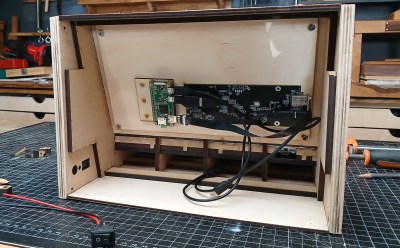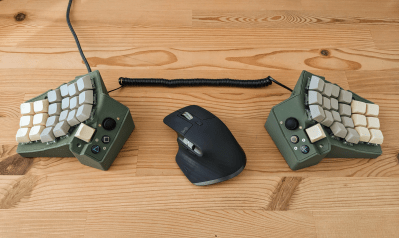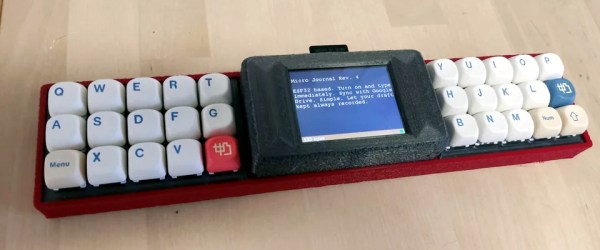One of the most exciting trends we’ve seen over the last few years is the rise of truly personal computers — that is, bespoke computing devices that are built by individuals to fit their specific needs or wants. The more outlandish of these builds, often inspired by science fiction and sporting non-traditional layouts, tend to be lumped together under the term “cyberdecks”, but there are certainly builds where that description doesn’t quite stick, including the Cyber Writer from [Darbin Orvar].
With a 10-inch screen, you might think it was intended to be a portable, but its laser-cut Baltic birch plywood construction says otherwise. Its overall design reminds us of early computer terminals, and the 60% mechanical keyboard should help reinforce that feeling that you’re working on a substantial piece of gear from yesteryear.

The Cyber Writer is powered by the Raspberry Pi Zero W 2, which might seem a bit underpowered, but [Darbin] has paired it with a custom minimalist word processor. There’s not a lot of detail about the software, but the page for the project says it features integrated file management and easy email export of documents.
The software isn’t yet available to the public, but it sounds like [Darbin] is at least considering it. Granted, there’s already distraction-free writing software out there, but we’re pretty firm believers that there’s no such thing as too many choices.
If you’re looking for something a bit more portable, the impressive Foliodeck might be more your speed.
Continue reading “An Elegant Writer For A More Civilized Age”
















